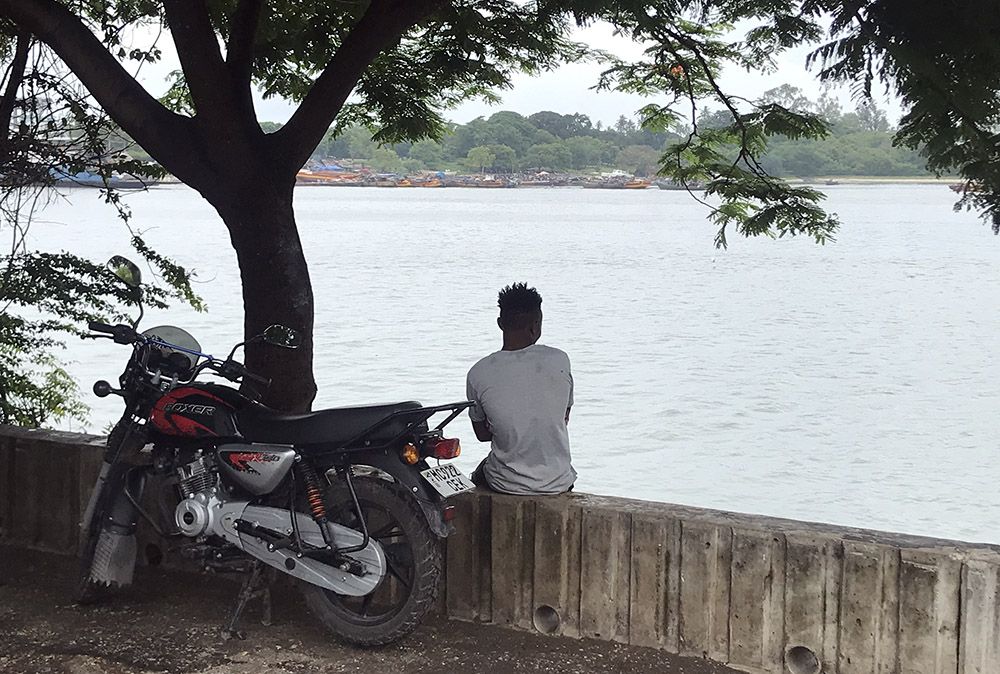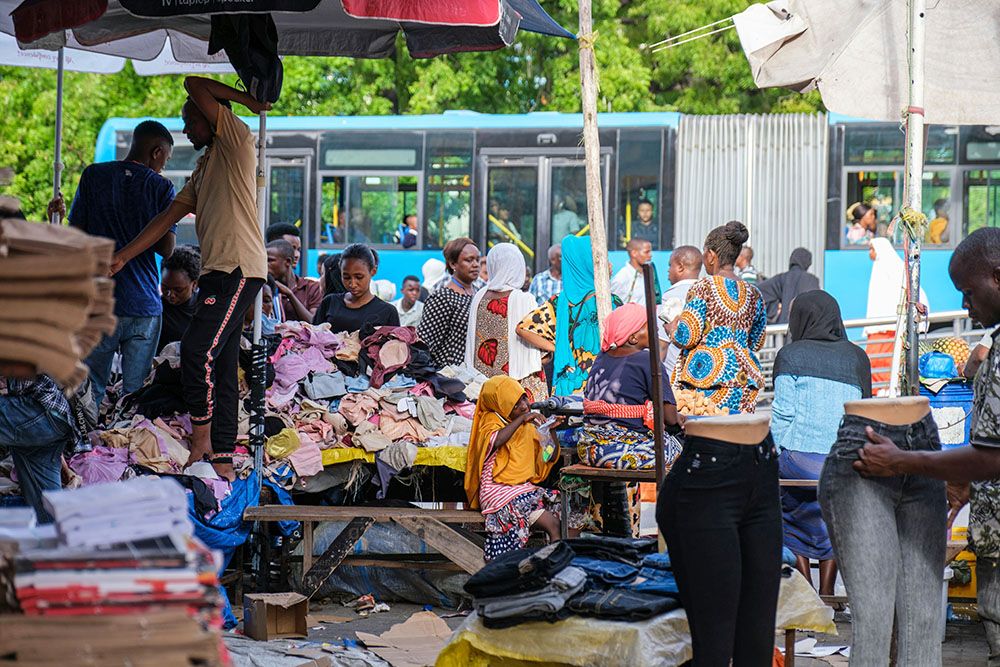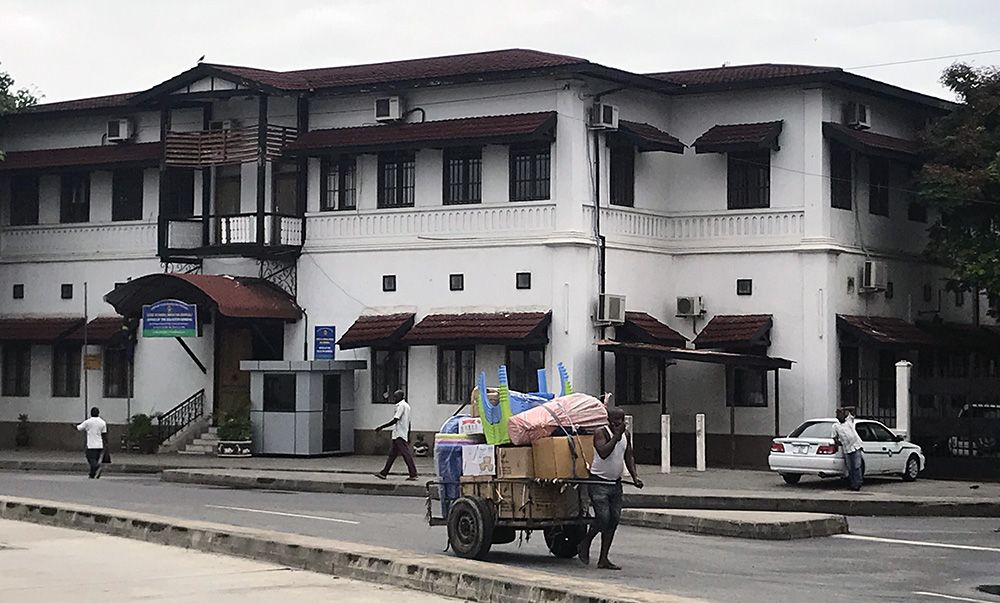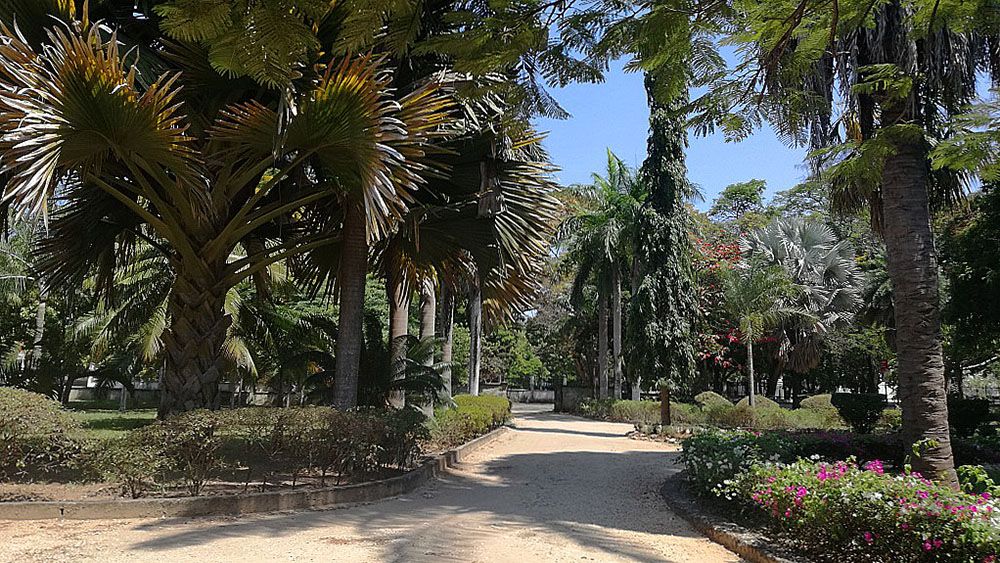What to see and do in Dar es Salaam
Tanzania has two national capitals. The official capital since 1973 is Dodoma which is located more in the centre of the country. Dar es Salaam is the second capital where the government has its seat. Dar es Salaam, for convenience abbreviated as Dar, is the largest city in the country.
Dar es Salaam, which means “house of peace” in Arabic, was founded in 1862 by Sultan Seyyid Majid of Zanzibar. Before that, it was a small fishing village called Mzizima. After countless sultans, the city came into the hands of first the Germans and later the British. Nowadays Dar is one of the most important ports and trading centres of East Africa.
Most tourists skip the city during their visit to Tanzania. Nevertheless, thanks to the mix of African, Islamic and South Asian influences, Dar has a certain charm. In this blog we therefore describe some of the sights. As far as we’re concerned, you shouldn’t skip these if you have a long transfer in the city before continuing on to Zanzibar or the parks.

Sights of Dar es Salaam
City walk through the old quarter of Kivukoni
We started our walk at the fish market of Mizima where we let our taxi take us. But of course, the walk below can be started anywhere.
Fish market of Mzizima
One of the biggest surprises for us in Dar was the Mzizima fish market in Kivukoni, near the Kigamboni Ferry Terminal. We had expected a messy fish market like you sometimes see in Asia with flies buzzing around the fresh food. But none of that. The catch of the day was displayed on immaculately clean tables for both private individuals and catering entrepreneurs.
Soon the first guide presented himself free of charge. In excellent English he went into detail about the various types of fish available on the market. Unfortunately, also fish species that are internationally protected such as rays and sharks. At the large, glossy clean tables of the auction, then, merchants and fishermen closed their deals at breakneck speed. Our guide took care of the translation.
Something is requested at the entrance. So, make sure you have some Shillings in your pocket, or else the ATM will be a stone’s throw away. You’re not allowed to take pictures of the beautiful spectacle, unless you pay an – in our opinion – unreasonably high amount of money for it. Instead, we took pictures outside the fish market.
The Lutheran Church Azania Front
If you walk from the Mzizima fish market along the Magogoni creek to the southwest, you will reach the Lutheran church Azania Front. It is one of the oldest and most famous sights of Dar es Salaam. The bright white church with red roof tiles was built in 1898 in Bavarian style by German missionaries. The Gothic interior can only be admired when you go to mass.
National Museum and House of Culture
Walk clockwise around the Azania Front and take the Sokoine Drive towards the northeast. In case you get hungry in the meantime: on the left side of the road you’ll find the Clarian Food Lounge where you can eat very well! Follow the road and turn left at Shaaban Robert street. On your right-hand side, you will find the National Museum and House of Culture.
Formerly dedicated to King George V, this museum is Tanzania’s largest museum about the country’s history and cultural heritage. You will find collections and exhibitions in the fields of archaeology, biology, ethnography, history (including about the German and British rule) and art.
Botanic garden of Dar es Salaam
The city’s botanical garden is located almost next to the National Museum and House of Culture. It is an oasis of well-deserved rest. The garden is small but has many different indigenous and exotic plant species. Although the botanical garden needs some maintenance, a visit to your city walk should not be missed!
Picture (slightly cropped) by: Abu Shawka under Creative Commons Attribution-Share Alike 4.0 International license
Makumbusho Village Museum
In the Makumbusho district is the Makumbusho Village Museum, also abbreviated to the Village Museum. It is an open-air museum with 16 traditional houses of the most important ethnic groups in Tanzania and the crops they grow. Thanks to the detailed information boards it is also very interesting and informative. Furthermore, the ‘inhabitants’ of the village show their skills in the field of weaving, pottery and woodcarving.
Traditional music and dance shows are also performed every day. The dancers are surprisingly enthusiastic. You have to pay for it, but it’s definitely worth it!
Bongoyo and Mbudya islands
If you have more than a day in and around Dar es Salaam, consider going to the island of Bongoyo or Mbudya. Both islands are located just northeast of the peninsula Msasani in Dar and are easily accessible by boat. On the islands you can walk, snorkel and swim. If you get there on time you can also rent a banda (shade cloth) and a sun lounger to just enjoy the beach and sea. Besides restaurants there are also several bars where you can get a cool drink.
The ferry to Bongoyo leaves from the Ramada Resort, as well as the Mashua Waterfront Bar & Grill (Slipway pier) and the Bongoyo Island Ferry Terminal on Msasani. The Slipway pier is also the boarding point for the ferry to Mbudya.

Practical matters
Accommodation in Dar es Salaam
There is quite a bit of accommodation to be found in Dar es Salaam, ranging from very basic and cheap to comfortable or even luxurious. Because we only had one day to spend in the harbour town, we stayed in the comfortable Hotel Blue Sapphire, one of the hotels close to the international airport (DAR). They offer a free airport pick-up, the rooms are very spacious and clean and the restaurant serves fine meals.
Getting around in the city
In our experience, the best way to explore the city is by walking. Let a taxi take you from your hotel to the centre and start from there. In general, you will be left alone, except for some places where locals sell souvenirs. There are not many footpaths in the city, so be careful when walking on busy roads.
In the city you also seem to be able to cycle. There are tour operators that organise bike tours in Dar, such as Afri Roots. We don’t have any experience with this ourselves, but if we would be in the city again, we will definitely make such a bike tour.
Although you can of course use your own rental car in the city, we wouldn’t do this easily. There don’t seem to be any traffic rules, except those of the law of the biggest. In addition, the city is very busy and a relatively short distance can take a long time. Use a taxi instead. You can ask the reception to call someone they happen to know. In that case, arrange a fixed amount in advance that you are willing to pay for a certain distance or duration.
If you stop a taxi in the city, you will have to haggle. Assume that you are paying too much money, so try to limit the fare as much as possible. If there is not a taxi nearby, you will still have to keep on walking if you can’t agree on the fare. Chances are there are a few taxis around the corner that will transport you for an acceptable amount of money. Count on about 10,000 shillings (about 4 euros) for a one-way ticket in the city itself.




